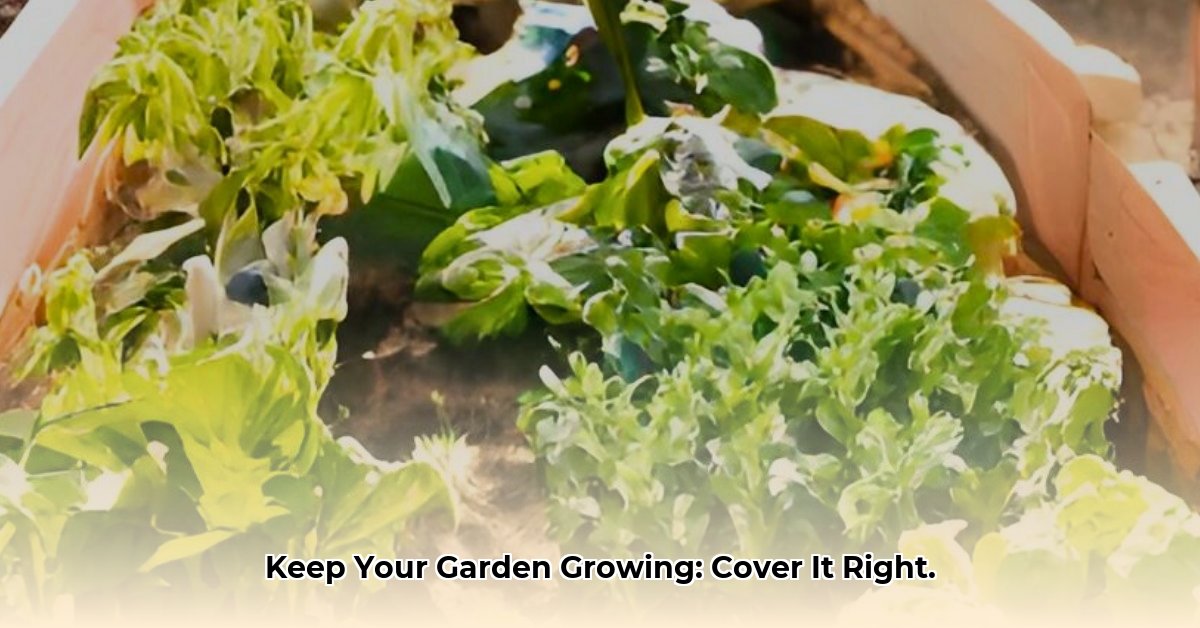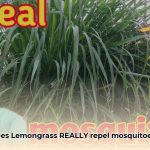Ever feel like you’re feeding the neighborhood wildlife more than your family? Or maybe the weather has thrown you a curveball, leaving your plants shivering or scorched? And don’t even get me started on weeds! Covering your raised beds is a simple solution that can make a world of difference. This guide will equip you with everything you need to know, from choosing the right cover material to building your own custom protection, from simple drapes to mini-greenhouses. We’ll even cover troubleshooting tips to outsmart pests and keep your plants thriving. Let’s get started!
Why Cover Your Raised Beds?
Covering your raised beds offers a trifecta of benefits, protecting your investment and boosting your harvest. It’s like giving your plants their own little haven.
Pest Protection
A well-chosen cover creates a physical barrier against hungry critters, from rabbits and birds down to those sneaky slugs and insects. Some research suggests that covers are especially effective against insect pests that primarily target leafy greens. It’s like a protective shield, keeping your precious plants safe from unwanted nibbles.
Weather Protection
Whether it’s scorching sun, a sudden frost, or heavy rain, unpredictable weather can wreak havoc on your garden. A cover helps create a more stable microclimate, shielding your plants from temperature extremes and harsh conditions. This can extend your growing season, allowing you to enjoy fresh produce for longer. Research indicates that covers can create a slightly warmer environment, especially helpful during cooler periods.
Weed Suppression
Weeds compete with your plants for essential resources, stealing water, nutrients, and sunlight. A cover helps to suppress weed growth, giving your vegetables a fighting chance to flourish. Studies have shown that cover materials can significantly reduce weed emergence and growth, minimizing the need for weeding and keeping your garden beds tidy.
Choosing the Right Materials: A Cover Wardrobe for Your Plants
Just like choosing the right outfit for a day out, the best cover for your raised beds depends on your specific needs and climate. Here’s a guide to popular options:
| Cover Type | Best For | Pros | Cons |
|---|---|---|---|
| Netting | Insects, birds | Lightweight, inexpensive, easy to install, allows air and light | Minimal weather protection |
| Insect Barrier Fabric (e.g., floating row covers) | Insects, light frost, wind | Breathable, traps warmth, allows sunlight and water | May require support, less durable than some other materials |
| Plastic Sheeting | Frost, heavy rain, season extension | Affordable, creates a warm microclimate | Can overheat if not ventilated, can become brittle in cold |
| Shade Cloth | Sun protection, heat stress | Allows air circulation, various densities available | Minimal pest or frost protection |
| Glass/Polycarbonate | Season extension, overwintering | Excellent light transmission, durable, maximum warmth | Expensive, requires sturdy framing |
| Burlap | Season extension, light shade | Breathable, biodegradable, provides some wind protection | Less durable than other options |
- Netting: Ideal for keeping out larger pests while allowing plenty of sunlight and airflow. Choose a fine mesh for smaller insects.
- Insect Barrier Fabric: Offers protection from insects, light frost, and wind while still allowing sunlight, water, and air to reach your plants.
- Plastic Sheeting: Creates a mini-greenhouse effect, trapping heat and humidity. Choose a thicker mil for increased durability and insulation. Ventilation is crucial to prevent overheating.
- Shade Cloth: Provides varying degrees of shade, protecting plants from scorching sun and reducing water evaporation. Available in different densities to suit your needs.
- Glass/Polycarbonate: Offers the best protection and light transmission, ideal for season extension and overwintering. More expensive, requires a sturdy frame or structure.
- Burlap: A natural and breathable option for season extension, light shade, and wind protection. More expensive than plastic sheeting.
Building Your DIY Cover: From Simple to Sophisticated
Constructing a cover can be a simple weekend project. Here are three approaches:
1. The Simple Drape
- Materials: Cover material (netting, row cover, etc.), rocks, bricks, or garden staples.
- Instructions: Measure your raised bed, adding extra length for draping. Cut your material to size. Drape the material over your bed and secure the edges with weights or staples.
2. The Framed Cover
- Materials: PVC pipes or wooden stakes, connectors, cover material, fasteners (zip ties, staples, etc.).
- Instructions: Construct a rectangular frame from PVC or stakes to fit your bed. Drape the cover material over the frame and secure it tightly with fasteners. You can also create hoop supports using PVC pipe for a tunnel-like structure.
3. The Mini-Greenhouse
- Materials: Lumber, polycarbonate panels or heavy-duty plastic sheeting, hinges, fasteners, and additional hardware as needed.
- Instructions: This involves constructing a more permanent wooden frame and covering it with polycarbonate panels or heavy-duty plastic sheeting. Incorporate hinges for access and vents for ventilation. Consider online tutorials or plans for detailed guidance.
Troubleshooting and Tips
- Tears and Rips: Patch with tape, repair kits, or replace the cover section.
- Wind Damage: Secure covers with extra weights, clips, or by burying the edges in soil.
- Overheating: Ventilate by rolling up sides, adding vents, or using shade cloth during the hottest parts of the day. Monitor temperature regularly.
- Condensation: Ensure good airflow to reduce humidity and prevent fungal diseases.
Beyond Covers: Integrated Pest Management
While covers are a valuable tool, consider incorporating other strategies like companion planting, pest traps, beneficial insects, and crop rotation for a holistic approach to pest and disease management.
By following these tips and techniques, you can create a thriving raised bed garden, protected from pests, weather extremes, and weeds, all while maximizing your yield and enjoyment. Happy gardening!
- Dora the Explorer Wipe-Off Fun: Safe & Mess-Free Activities for Little Explorers - April 18, 2025
- Does Lemongrass Repel Mosquitoes? Fact vs. Fiction + How to Use It - April 18, 2025
- Do Woodchucks Climb Trees?Fact vs. Fiction - April 18, 2025










